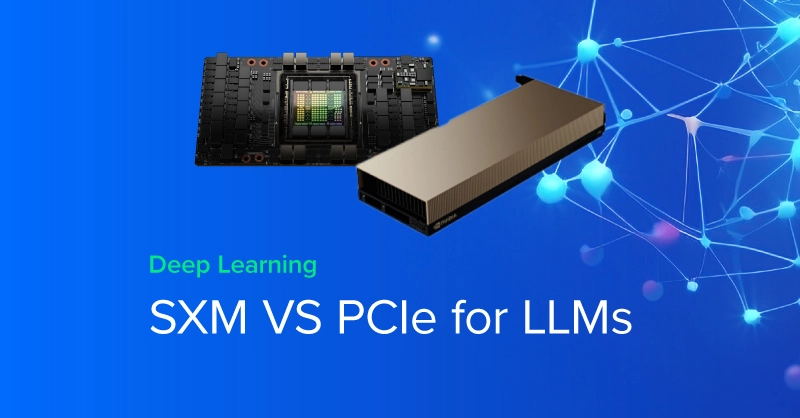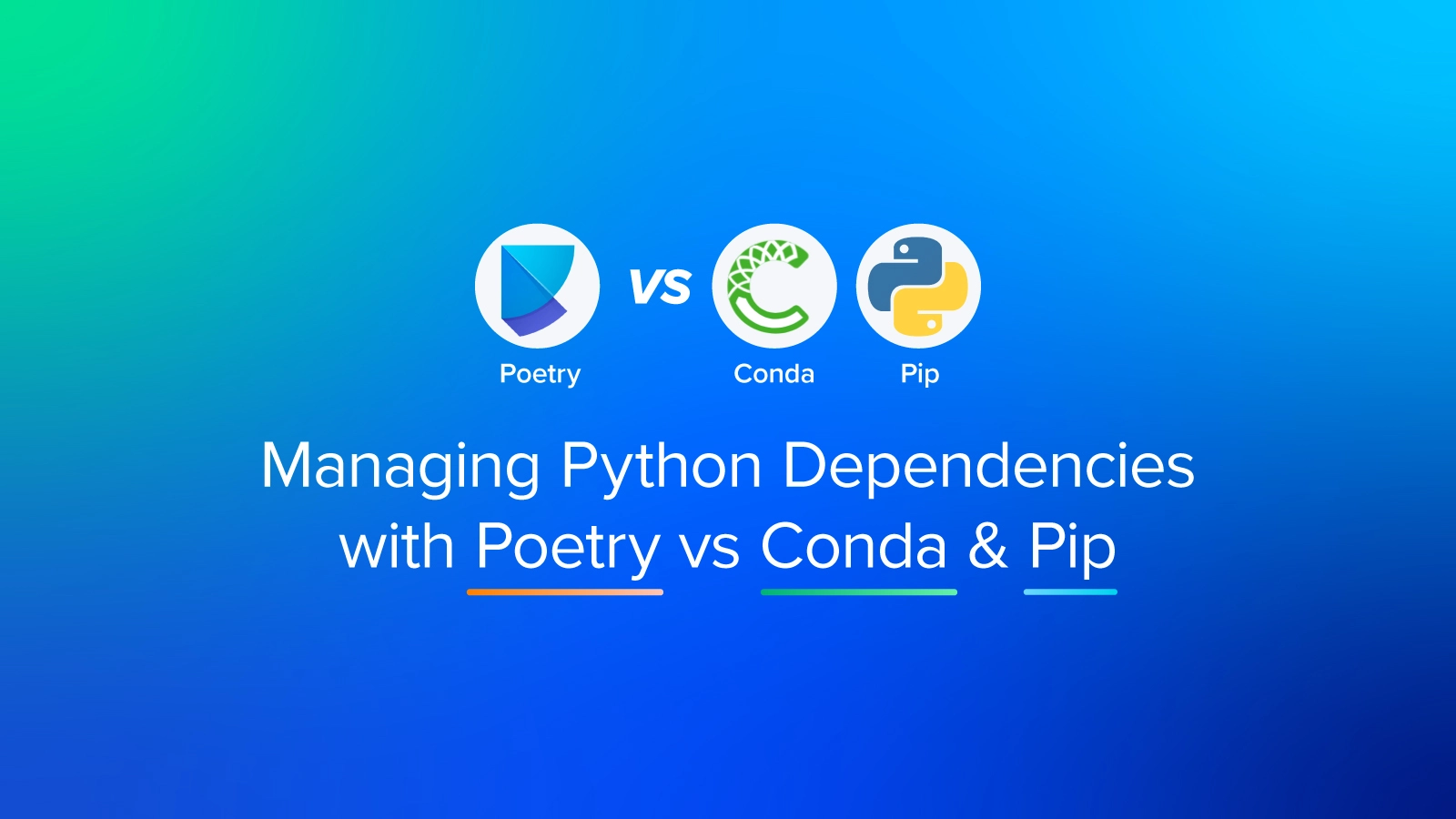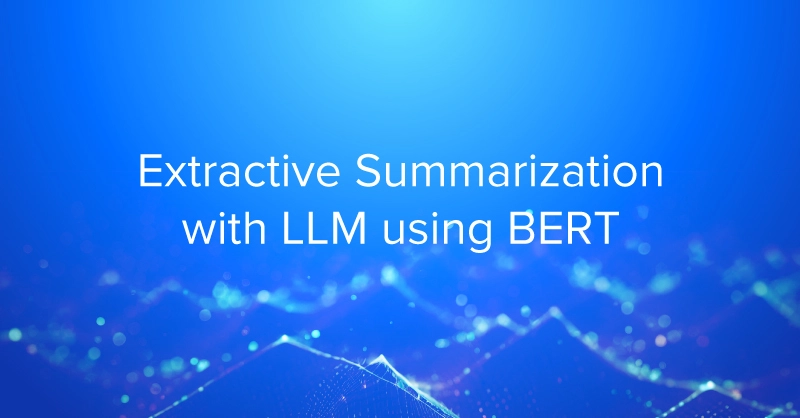
LAMMPS Patch Release Overview
What is LAMMPS used for?
LAMMPS is a classical molecular dynamics (MD) code that models ensembles of particles in a liquid, solid, or gaseous state. It can model atomic, polymeric, biological, solid-state (metals, ceramics, oxides), granular, coarse-grained, or macroscopic systems using a variety of interatomic potentials (force fields) and boundary conditions. It can model 2d or 3d systems with only a few particles up to millions or billions.
LAMMPS can run on single processor laptops or desktops, but is designed for parallel computers using message-passing techniques and a spatial-decomposition of the simulation domain. This includes shared-memory boxes and distributed-memory clusters and supercomputers. Many of its models have versions that provide accelerated performance on CPUs, GPUs, and Intel Xeon Phis. The code is designed to be easy to modify or extend with new functionality.
Interested in getting faster results?
Learn more about LAMMPS Certified GPU Workstations and Servers starting at $4,300
Changes since the patch release 30 November 2020:
- Add temperature-grouped Nose-Hoover thermostat for Drude polarizable models (Zheng Gong, ENS de Lyon) PR #2483
- Refactor installation of the LAMMPS python module to follow the Python package conventions more closely (Richard Berger, Temple U), PR #2521
- Add multi style neighbor list support for granular particles (Joel Clemmer, SNL and Ishan Srivastava, LBL) PR # 2423
- Performance tweaks for KOKKOS package (Stan Moore SNL) PR #2517
- Add support for logical operators with constraints for fix bond/react (Jake Gissinger, NASA) PR #2504
- Add a “pair/only” keyword to the package command (or command line flag) for the KOKKOS and GPU package to conveniently allow for more efficient use of accelerators in certain cases (Stan Moore, SNL and Axel Kohlmeyer, Temple U) PR #2533
- Add support for KIM-API v2.2.1 and additional unittests for KIM package and tools (Yaser Afshar, Ryan Elliot, UMN) PR #2518 & PR #2522
- Add support for Plumed v2.7.0 (Axel Kohlmeyer, Temple U) PR #2542
- New preset and workarounds/adjustments for compiling LAMMPS with the PGI/Nvidia compilers (Axel Kohlmeyer, Temple U), PR #2520
- Various small updates and corrections (multiple authors) PR #2502, PR #2505, PR #2507, PR #2510, PR #2515, PR #2523, PR #2530, PR #2539
Backward compatibility notice:
- The LAMMPS python module is now a folder with multiple python files instead of a single lammps.py file. Setting of environment variables for in-place use should be unchanged. For other installation/use cases, please check the manual.
This release has 2 assets:
- Source code (zip)
- Source code (tar.gz)
Visit the release page to download them.
About LAMMPS
LAMMPS (Large-scale Atomic/Molecular Massively Parallel Simulator) a classical molecular dynamics simulation code designed to run efficiently on parallel computers. It was developed at Sandia National Laboratories, a US Department of Energy facility, with funding from the DOE. It is an open-source code, distributed freely under the terms of the GNU Public License (GPL).

LAMMPS Patch Release 24 December 2020
LAMMPS Patch Release Overview
What is LAMMPS used for?
LAMMPS is a classical molecular dynamics (MD) code that models ensembles of particles in a liquid, solid, or gaseous state. It can model atomic, polymeric, biological, solid-state (metals, ceramics, oxides), granular, coarse-grained, or macroscopic systems using a variety of interatomic potentials (force fields) and boundary conditions. It can model 2d or 3d systems with only a few particles up to millions or billions.
LAMMPS can run on single processor laptops or desktops, but is designed for parallel computers using message-passing techniques and a spatial-decomposition of the simulation domain. This includes shared-memory boxes and distributed-memory clusters and supercomputers. Many of its models have versions that provide accelerated performance on CPUs, GPUs, and Intel Xeon Phis. The code is designed to be easy to modify or extend with new functionality.
Interested in getting faster results?
Learn more about LAMMPS Certified GPU Workstations and Servers starting at $4,300
Changes since the patch release 30 November 2020:
- Add temperature-grouped Nose-Hoover thermostat for Drude polarizable models (Zheng Gong, ENS de Lyon) PR #2483
- Refactor installation of the LAMMPS python module to follow the Python package conventions more closely (Richard Berger, Temple U), PR #2521
- Add multi style neighbor list support for granular particles (Joel Clemmer, SNL and Ishan Srivastava, LBL) PR # 2423
- Performance tweaks for KOKKOS package (Stan Moore SNL) PR #2517
- Add support for logical operators with constraints for fix bond/react (Jake Gissinger, NASA) PR #2504
- Add a “pair/only” keyword to the package command (or command line flag) for the KOKKOS and GPU package to conveniently allow for more efficient use of accelerators in certain cases (Stan Moore, SNL and Axel Kohlmeyer, Temple U) PR #2533
- Add support for KIM-API v2.2.1 and additional unittests for KIM package and tools (Yaser Afshar, Ryan Elliot, UMN) PR #2518 & PR #2522
- Add support for Plumed v2.7.0 (Axel Kohlmeyer, Temple U) PR #2542
- New preset and workarounds/adjustments for compiling LAMMPS with the PGI/Nvidia compilers (Axel Kohlmeyer, Temple U), PR #2520
- Various small updates and corrections (multiple authors) PR #2502, PR #2505, PR #2507, PR #2510, PR #2515, PR #2523, PR #2530, PR #2539
Backward compatibility notice:
- The LAMMPS python module is now a folder with multiple python files instead of a single lammps.py file. Setting of environment variables for in-place use should be unchanged. For other installation/use cases, please check the manual.
This release has 2 assets:
- Source code (zip)
- Source code (tar.gz)
Visit the release page to download them.
About LAMMPS
LAMMPS (Large-scale Atomic/Molecular Massively Parallel Simulator) a classical molecular dynamics simulation code designed to run efficiently on parallel computers. It was developed at Sandia National Laboratories, a US Department of Energy facility, with funding from the DOE. It is an open-source code, distributed freely under the terms of the GNU Public License (GPL).




